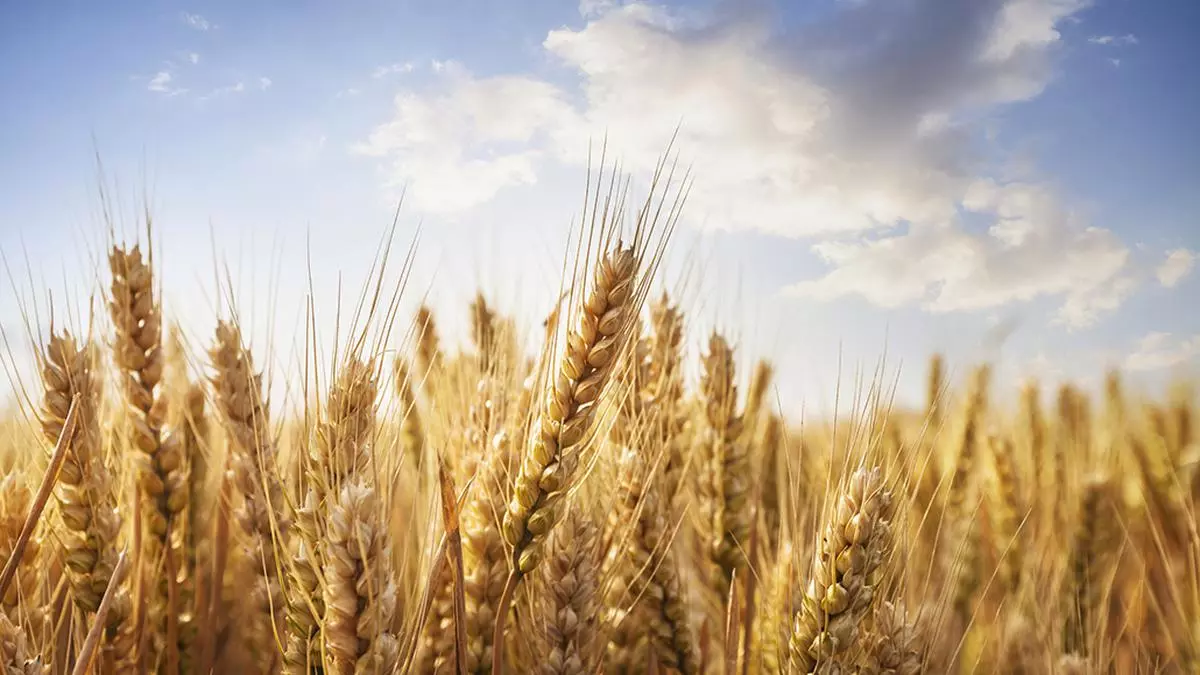In El Nino year, Government plans to save wheat crop by reserving 60% area for resilient varieties
After two consecutive years of lower than expected production in wheat due to unexpected climate disturbances, the Centre has set a target of bringing 60 per cent of the total wheat area of nearly 32 million hectares (mh) under heat tolerant varieties. El Nino conditions are likely to continue at least until April when India’s wheat harvesting season starts.
The government has set a production target of 161.22 million tonnes (mt) of foodgrains, including 114 mt of wheat, for the upcoming rabi season starting in October. However, while the government reported wheat production as 112.74 mt for the 2022-23 crop year (July-June), private sector and industry experts estimate it to be between 100 mt and 105 mt.
While the Food Corporation of India could procure 26.2 mt in 2023-24 marketing year (April-March), it was even lower at 18.79 mt in 2022-23, whereas the official purchase had hit record 43.34 mt in 2021-22. Monthly average wheat prices in retail market also touched record ₹33.21/kg in February 2023 due to lower output. Though prices came down after that, an increasing trend can be observed from June and has now reached ₹32.63.
According to Gyanendra Singh, Director of Karnal-based Indian Institute of Wheat and Barley Research (IIWBR), there has been an increased demand of varieties developed by IIWBR as farmers, aware of the risk to wheat crop, are keen to adopt latest technologies.
“Seeds availability is not an issue as in last 5-6 years 90 per cent varieties that have been released are climate change- resilient. Already 50 per cent of the wheat area have been covered by these varieties,” Singh said. Asked how the production fell drastically two years back despite such high level adoption of climate change-resilient varieties, he said even management practices also impact yield and varieties alone cannot be responsible.
Singh said there was moisture stress in wheat in 2022 in some places as farmers did not use the last round of irrigation fearing water logging and it affected the crop. Besides, the moisture level in the crop was about 8 per cent, whereas normally it is around 12 per cent after harvest, he added. IIWBR has received 28,000 bookings for seeds (of 5 kg pack) in 30 hours after the direct sale window was opened for farmers for its DBW 327, DBW 332, DBW 370, DBW 371 and DBW 372, he said.
While the government has adopted a multi-pronged strategy to mitigate the impact of climate-induced uncertainties on crop yields, experts argue that the rapidly increasing consumption of wheat cannot be completely reversed. At best, efforts can be made to stabilise it.
Addressing the annual Rabi Conference on Tuesday, ICAR’s Director General Himanshu Pathak asked States to devise their plan for the season taking into account water availability in reservoirs, rainfall and weather forecast by the India Meteorological Department.
“Adopting technologies developed by ICAR will not only enhance productivity of crops, but also farmers’ income and the much needed resilience in the face of climate change. In last nine years, ICAR has developed 2,200 varieties of which over 1,800 are climate change-resilient varieties,” Pathak said.
